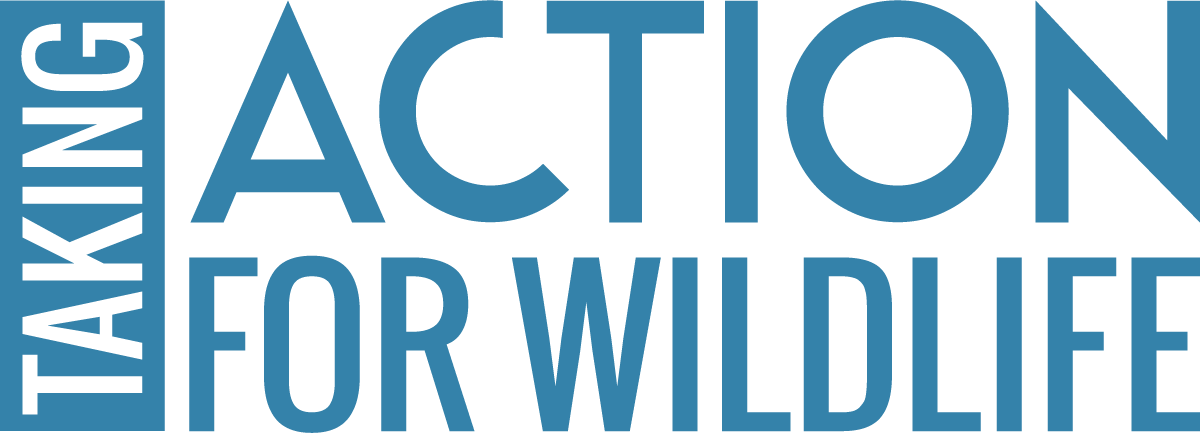
Vegetated buffers aren’t just good for wildlife; they’re good for communities, too! From providing critical habitat and protecting water quality to stabilizing banks, mitigating floods, and encouraging groundwater recharge, vegetated buffers provide a lot of bang for the buck. All in all, buffers are a great way to protect your community’s quality of life and scenic character, as well as important habitat for some of our favorite critters, from wood frogs and Blanding’s turtles to brook trout and snowshoe hare.
"A buffer is a naturally vegetated segment of land directly upslope of a water resource, such as a lake, stream, river, pond, estuary, or other wetland type." - Buffer Options for the Bay project
Communities and conservation partners alike can encourage the use of vegetated buffers. Community boards can evaluate whether their buffer regulations can be strengthened to maintain the many functions they provide. Boards can also raise awareness among property owners about the existing regulations, best practices, and the benefits of buffers, proactively through public education programs and/or during the site plan review process.
Communities can work with conservation organizations and natural resource management agencies to permanently protect buffer areas to prevent future loss of the functions and values of buffers, and also to restore vegetation to degraded buffers.
More Information
For those in New Hampshire’s coastal watershed, maps are available that identify important buffer areas in your community. Have questions about the economic costs and benefits of buffers? Check out this study. Want more background on the science of buffers? Here’s a review of relevant studies.


